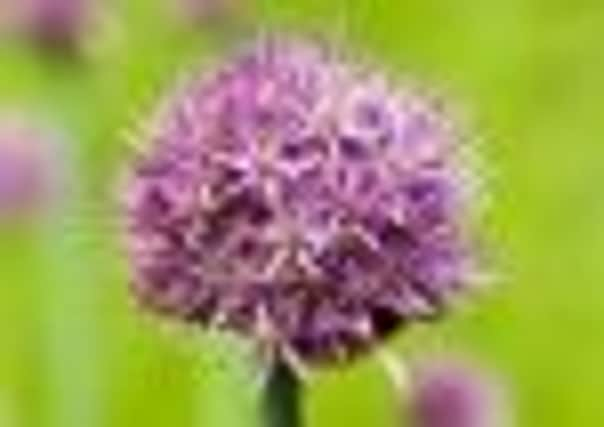The cutting edge


So it’s almost time to cut back the stems of flowering perennial plants such as golden rod, coreopsis, helenium, coneflower , tradescantia and penstemon.
They should have finished blooming and it makes sense to tidy up the growth and give the compost heap a welcome boost of easily-digested foliage.
Advertisement
Hide AdAdvertisement
Hide AdCut back stems to a couple of inches above ground level so you know where the plant is and you can avoid digging it up when planting bulbs and corms for next spring.
Some perennials, such as Chinese Lantern (physalis) ornamental grasses and globe thistle, (echinops), should be left as long as possible to allow their seed-heads to brighten up the winter border and feed the birds.
And don’t be too quick to hack back Michaelmas daisies (asters) which may still produce a few late flowers. The same applies to chrysanthemums, phlox, sedums and Japanese anemones.
Thankfully, not everything is about preparing for winter – there’s still time to plant bulbs and corms for next year.
Advertisement
Hide AdAdvertisement
Hide AdIf you fancy something different from the standard all-yellow varieties of daffodils such as King Alfred and St Kiverne, try Salome, with white petals and pink trumpets.
A similar colouring but this time in a “double” form, so the pink is splashed all around white petals, is found in the variety Replete.
Dwarf rockery narcissi are worth planting in containers or on border edges. If you want to stick to white and pink, then Reggae is the choice.
For something completely different, consider the multi-headed Triandus narcissi, which are highly fragrant and come in pale lemon (Tresamble), yellow (Stint) and white (Silver Chimes).
Advertisement
Hide AdAdvertisement
Hide AdAlliums are a great investment – decorative onion bulbs producing spectacular purple heads in May and June. They range in size from small drumsticks to the giant Globemaster and come in various colours from white through pink, lilac and purple.
As with many bulbs, they will flower well in the first year but lose vigour as they age. So spray the foliage with a liquid fertiliser and then leave the leaves to die back naturally. The results of your hard work should be seen the following year.